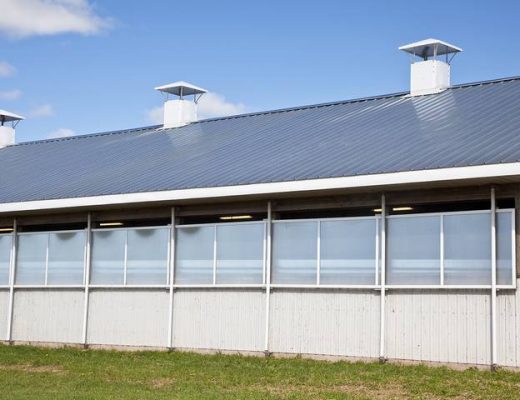A burst pipe in your home can quickly escalate from a minor inconvenience to a major disaster, causing extensive damage and costly repairs. Recognizing the signs of a burst pipe early on is crucial for prompt intervention and mitigation.
In this comprehensive guide, we’ll explore the various indicators that may signal a burst pipe, empowering you to take swift action and minimize the potential damage to your home.
Water Damage and Stains
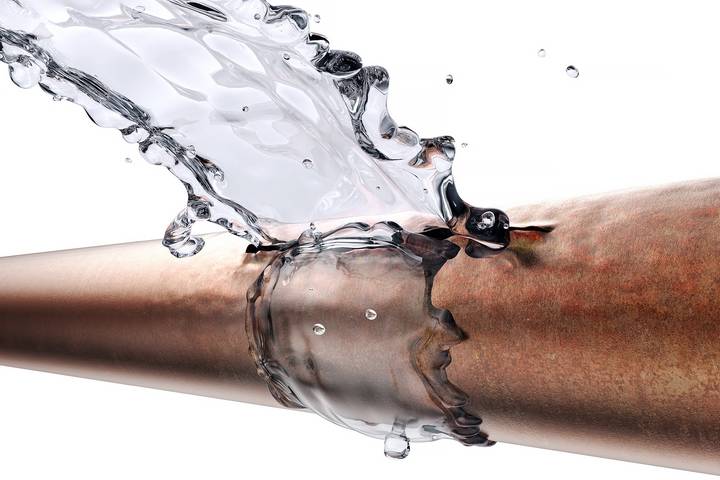
One of the most obvious signs of a burst pipe is water damage and stains on walls, ceilings, or floors. Pay close attention to any discoloration, warping, or sagging in these areas, as it may indicate a hidden leak behind the surface.
If you recognize any of the signs mentioned above or suspect a burst pipe, it’s essential to take immediate action to mitigate damage and prevent further issues.
Increases in Water Bills

If you notice a sudden spike in your water bills, it could indicate a burst pipe. Monitoring your water bills regularly allows you to identify unusual patterns and investigate potential leaks before they escalate.
Decreased Water Pressure
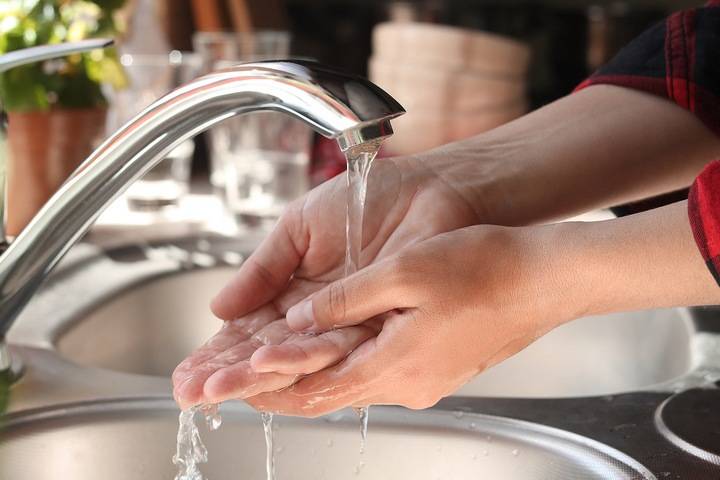
A sudden decrease in water pressure throughout your home may signal a burst pipe. If multiple areas are affected simultaneously, it could indicate a systemic issue within your plumbing system, such as a burst pipe that reduces overall water pressure.
Contact a Professional Plumber

Contact a licensed and experienced plumber to assess the situation and make the necessary repairs. Burst pipes often require professional expertise, and attempting to fix them without the right knowledge can lead to more problems.
Strange Sounds
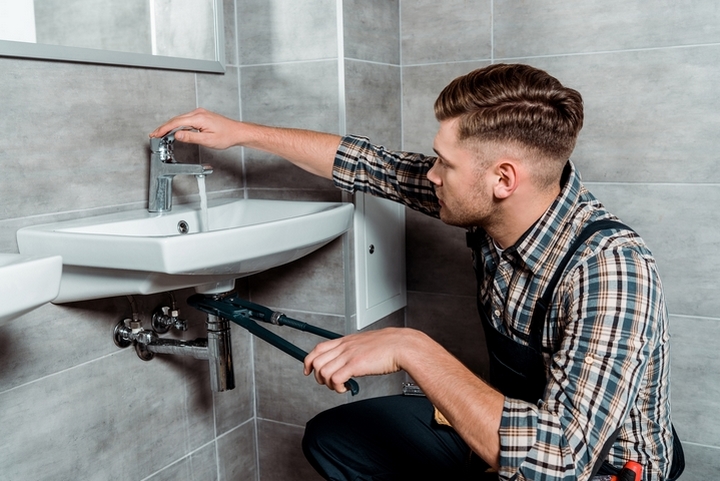
Unusual sounds from your plumbing system can be a telltale sign of a burst pipe. Listen for hissing, gurgling, or running water noises when no fixtures are used. These sounds may indicate water escaping from a damaged pipe and should prompt a thorough inspection.
Mold and Mildew
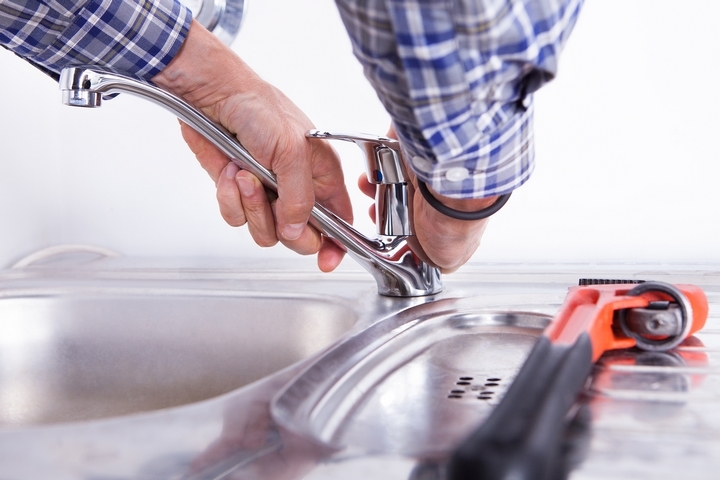
Prolonged exposure to moisture from a burst pipe can encourage mould and mildew growth. It could indicate an underlying water leak if you notice musty odours or detect visible mould or mildew in unexpected places, such as walls or ceilings.
Mould growth poses health risks and indicates a persistent water intrusion issue that requires immediate attention.
Wet or Damp Areas

Physical signs of moisture, such as wet areas on floors, carpets, or walls, should not be ignored. Areas around appliances like water heaters, washing machines, and dishwashers are common hotspots for burst pipes, so pay special attention to these locations.
If you notice pooling water in your yard or areas near your home’s foundation, it could indicate an underground burst pipe. This is particularly common in older homes with aging plumbing systems.
Foul Odours
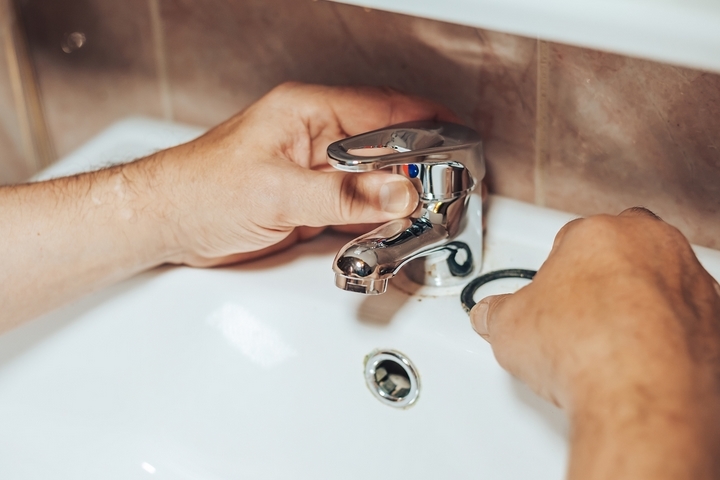
The presence of foul or musty odours in your home can indicate stagnant water caused by a burst pipe. If the odour persists despite regular cleaning, it’s essential to investigate and identify the source of the moisture contributing to the unpleasant smell.
Visible Corrosion or Rust
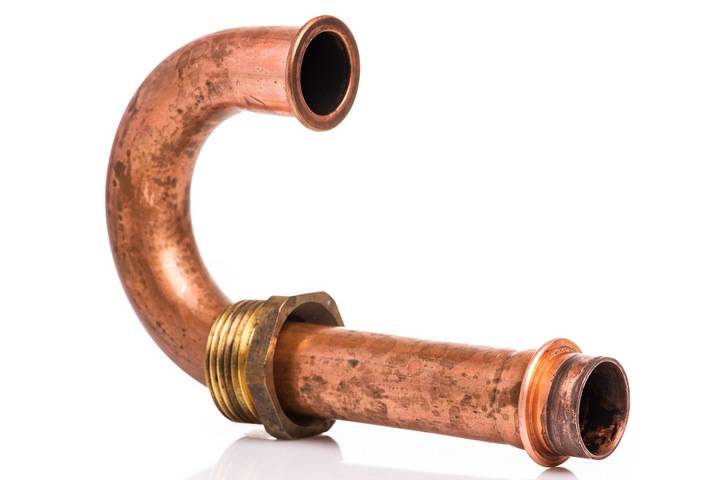
Inspect exposed pipes for signs of corrosion or rust. Rusty or discoloured pipes may indicate an ongoing slow leak. Addressing corroded pipes promptly can prevent more severe damage and a potential burst.
Frozen Pipes
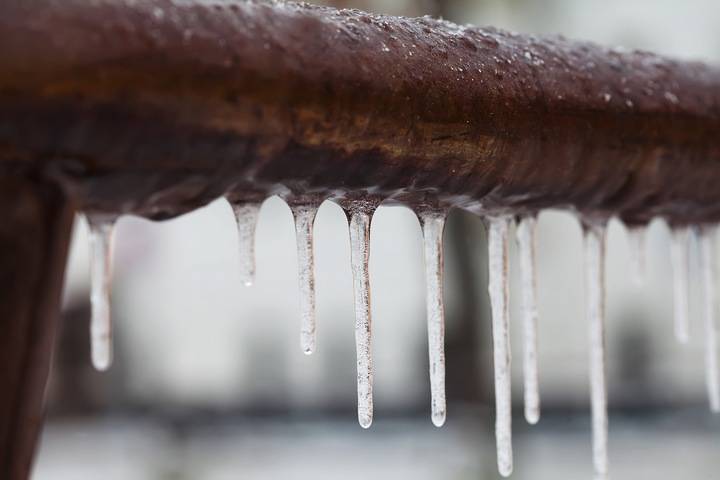
In colder climates, frozen pipes are a common cause of bursts. If you experience freezing temperatures, be vigilant for signs of frozen pipes, such as frost on the exterior of the pipes. Thawing frozen pipes gradually and avoiding abrupt temperature changes can prevent bursts.
Inspect for Safety Hazards
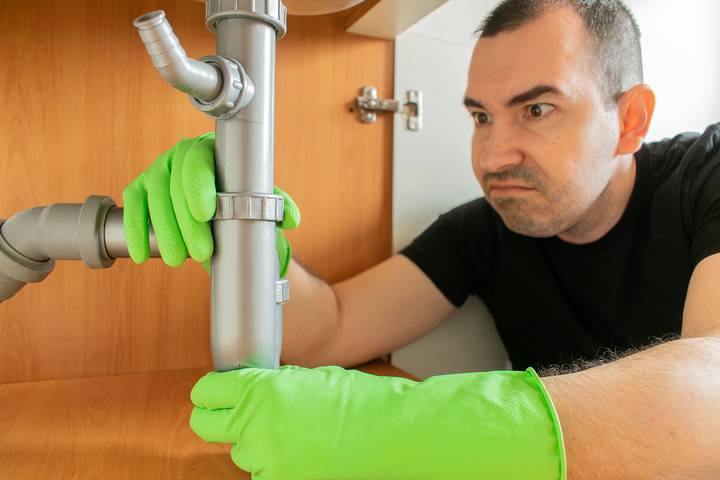
Locate the main water shut-off valve in your home and turn it off. This will stop the flow of water and prevent further damage. It’s crucial to familiarize yourself with the location of this valve in advance.
If there is stagnant water or lingering moisture, use fans and open windows to promote ventilation. This will help dry out the affected areas and discourage mould growth.
Be cautious of electrical hazards, especially if water has come into contact with electrical outlets or appliances. If there is any risk of electrical shock, wait for professionals to assess and address the situation.
Assess the Damage
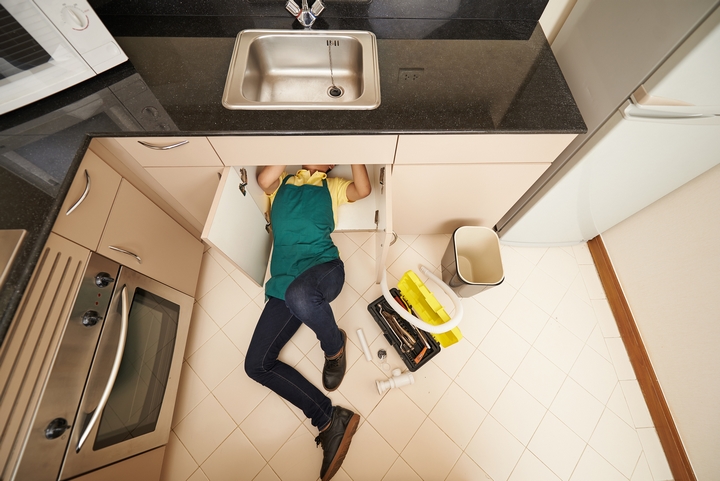
Evaluate the extent of the damage caused by the burst pipe. Use towels, mops, or a wet/dry vacuum to remove as much water as possible if there is standing water. This will help prevent further damage to your belongings and the structure of your home.
Take photos or videos of the damage for insurance purposes. Documenting the extent of the damage will be valuable when filing a claim with your homeowner’s insurance.




